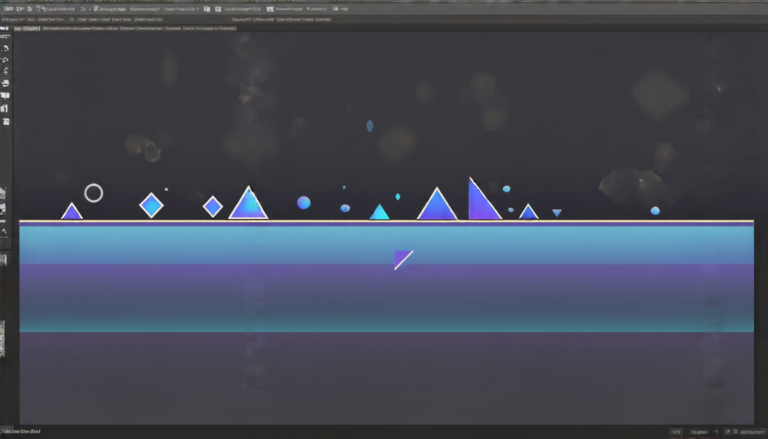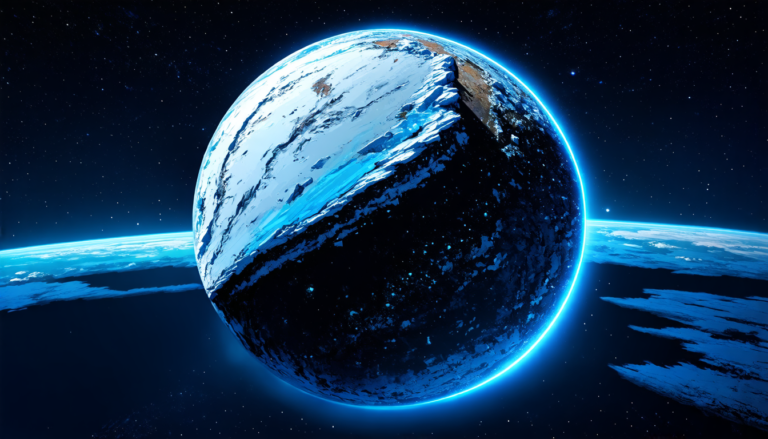Wednesday 16 April 2025
Scientists have long believed that gravitational waves, ripples in the fabric of space-time produced by massive cosmic events, are too weak to interact significantly with their surroundings. However, a recent study has challenged this notion, suggesting that these waves can indeed be affected by the environment they pass through.
The research, published in Physical Review D, focused on the absorption and re-emission of gravitational waves by hot gas in interstellar space. The team, led by renowned physicist Steven Weinberg, used advanced calculations to model the behavior of these waves as they interact with the surrounding plasma.
Their findings indicate that the absorption rate of gravitational waves by this hot gas is surprisingly high, particularly for frequencies below 240 nanohertz – a range that includes many of the signals detected by current gravitational wave observatories. This means that gravitational waves could be significantly affected by their environment, potentially altering their shape and amplitude as they travel through space.
The implications of these results are far-reaching. If confirmed, they could revolutionize our understanding of how gravitational waves propagate through the universe, shedding new light on some of the most fundamental questions in astrophysics. For instance, scientists might be able to use this knowledge to better understand the properties of black holes and neutron stars, or even detect the presence of dark matter.
The study’s authors also point out that their findings have interesting parallels with the behavior of electromagnetic waves – such as light – which are well-known to interact with their environment. In fact, the same principles that govern the absorption and re-emission of photons by atoms and molecules could be at play in the case of gravitational waves.
While this research is still in its early stages, it has already sparked a flurry of excitement among scientists working on gravitational wave astronomy. As our understanding of these cosmic ripples continues to evolve, we may uncover new ways to harness their power to explore the universe – and perhaps even reveal secrets about the very fabric of space-time itself.
In the coming years, researchers will likely continue to refine their models and experiment with new methods to test these predictions. One thing is certain, however: this breakthrough has opened up a whole new frontier in our quest to understand the mysteries of the cosmos.
Cite this article: “Gravitational Waves Meet Their Match in Cosmic Fog”, The Science Archive, 2025.
Gravitational Waves, Space-Time, Cosmic Events, Plasma, Absorption, Re-Emission, Electromagnetic Waves, Photons, Dark Matter, Black Holes.
Reference: C. P. Burgess, “Reminiscences about Steven Weinberg (This Time it’s Personal)” (2025).







